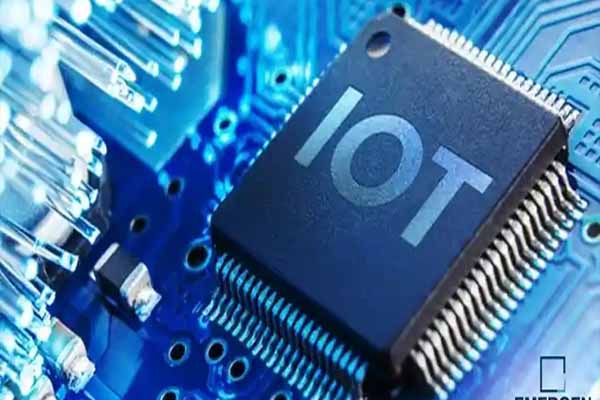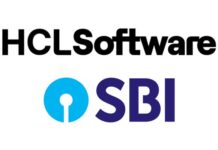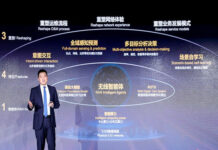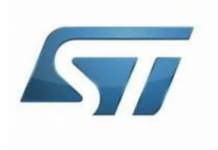The IoT chip market is forecasted to garner revenue of US$ 7.69 billion in 2033, up from US$ 4.4 billion in 2023, advancing at a rate of 5.7% from 2023 to 2033.
The demand for advanced and efficient IoT chips is skyrocketing with the increasing adoption of IoT devices and solutions across various sectors. The proliferation of IoT devices, from smart home appliances and wearables to industrial sensors and autonomous vehicles, is a primary driver of the market’s expansion.
The need for seamless connectivity and efficient data processing in these devices is fueling the demand for specialized IoT chips, facilitating market size expansion.
The integration of AI capabilities in IoT chips is unlocking new possibilities for intelligent decision-making and automation. AI-powered IoT chips can analyze and interpret data in real time, enabling predictive maintenance, advanced analytics, and autonomous operations.
Despite the significant growth potential, the IoT chip market faces challenges such as interoperability issues, data privacy concerns, and the need for seamless integration with existing infrastructure. However, these challenges also present opportunities for innovation, collaboration, and partnerships among IoT chip manufacturers, device manufacturers, and software developers.
Edge computing, which brings data processing and analytics closer to the source of data generation, presents significant opportunities in the market for IoT chips.
By integrating edge computing capabilities into IoT chips, manufacturers can enable real-time data analysis, reduce latency, and enhance decision-making at the network’s edge. This opens up possibilities for intelligent IoT applications that require quick response times.
Companies that invest in developing IoT chips with enhanced edge computing capabilities can position themselves at the forefront of this transformative technology, catering to the evolving needs of IoT deployments.
Key Takeaways
- In 2022, North America held a value share of 32.5% in the IoT chip industry, with the United States alone accounting for 20.3%.
- The European market accounted for a value share of 23.4% in 2022, with Germany contributing 10.4%.
- In 2022, the sensors segment held a significant value share of 39.2% based on hardware.
- The market value for IoT chips reached US$ 4.23 billion in 2022, with a CAGR of 3.6% from 2018 to 2022.
- Based on end use, the manufacturing sub-segment was predicted to account for a 14.8% share in 2022.
- The market for IoT chips in India is likely to secure a 6.5% CAGR from 2023 to 2033.
How Intense Is the Competition in IoT Chip Market?
The competition in the IoT chip industry is highly intense. The rapid growth and increasing demand for IoT devices have attracted numerous players, including established semiconductor manufacturers, technology giants, and start-ups.
The market is experiencing significant growth due to the proliferation of connected devices across various industries. This growth potential attracts existing players and new entrants, creating a crowded and highly competitive landscape.
Collaboration and strategic partnerships are common in the IoT chip industry as companies seek to leverage complementary expertise and resources. These alliances often aim to deliver comprehensive IoT solutions, combining hardware, software, and connectivity.
Competition arises not only between individual companies but also among alliances and consortia. The IoT chip industry is global, with players vying for market share in different regions. Competition is not limited to specific geographic locations but spans multiple continents, with companies targeting various markets to expand their customer base and revenue streams.
The market encompasses a wide range of industries, and this diversification leads to competition among companies specializing in different sectors, each striving to capture market share and establish dominance in their respective niches.















